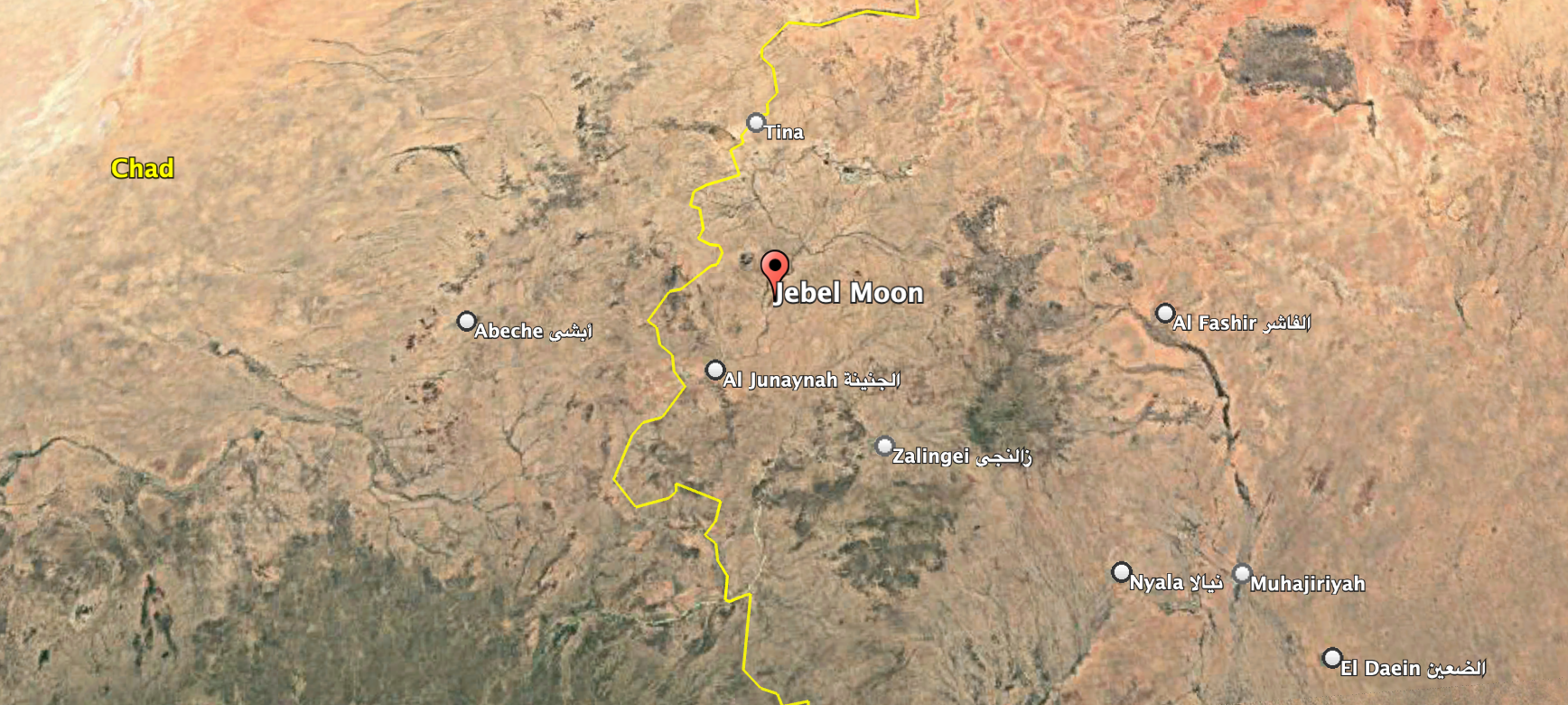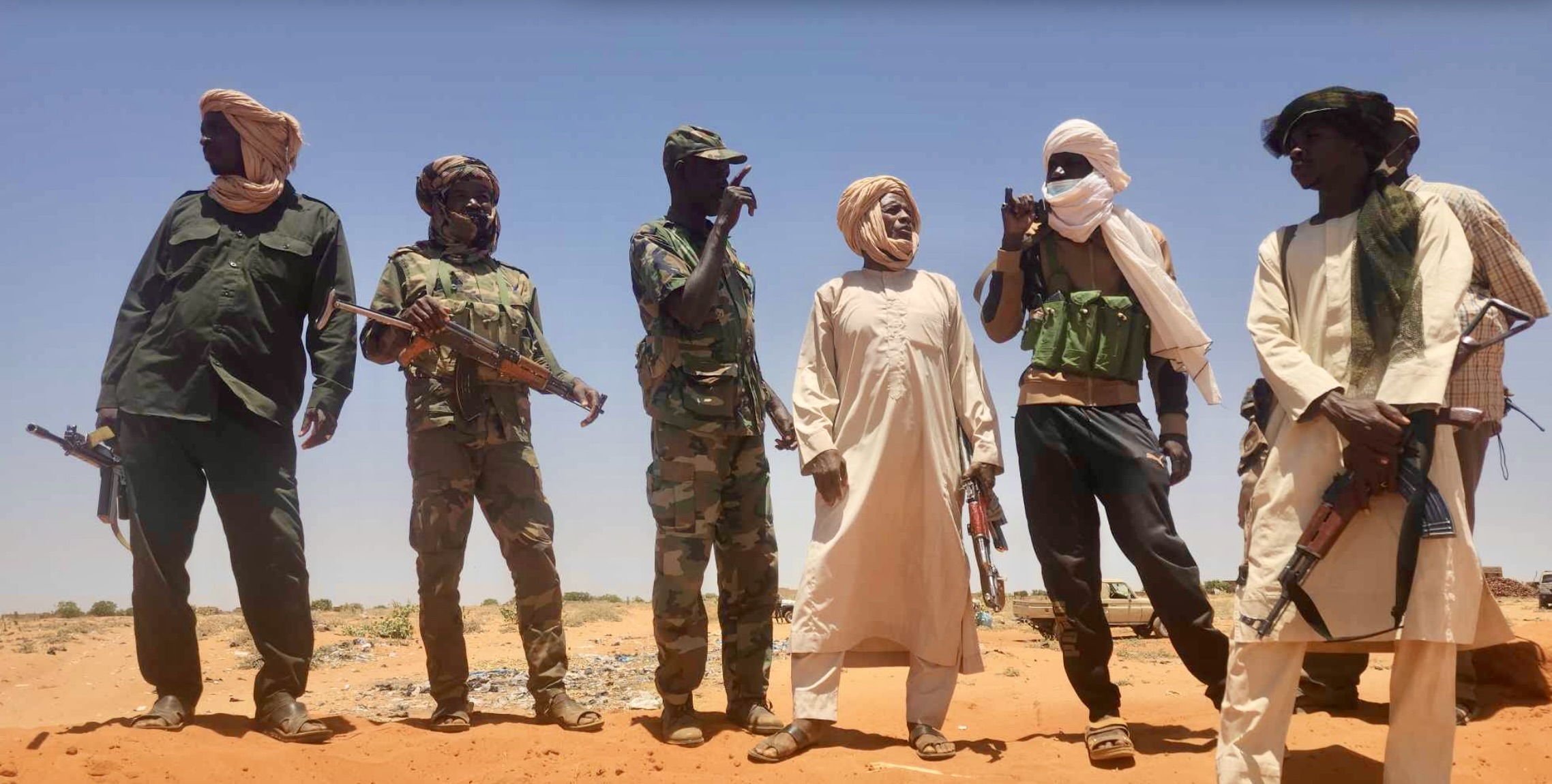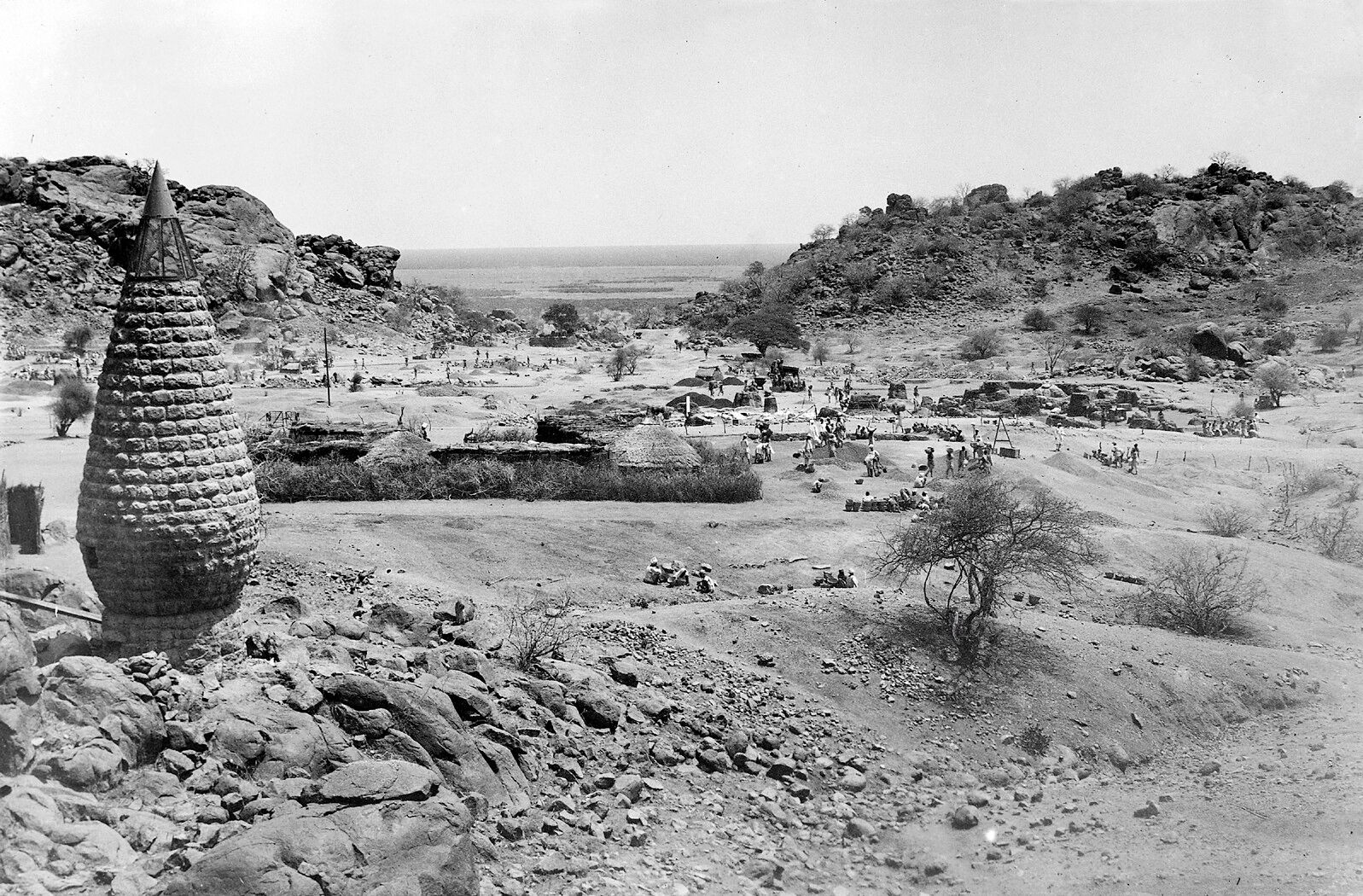New Battlefronts in Darfur, recapture of Jebel Moya
19 October 2024
The battlefronts have expanded to West Darfur recently in the ongoing conflict between Sudan’s army and the Rapid Support Forces (RSF). The RSF took control of El Geneina, the state capital, in November of last year.
Armed movements aligned with the army opened a new front in West Darfur against the RSF, similar to the ongoing conflict in El Fasher, where heavy fighting has been occurring since May.
These new movements follow the army’s appointment of Bahruddin Adam Karama as governor of West Darfur two weeks ago. Karama, a leader in the armed movements, vowed that significant events would unfold in the coming days, including the army’s control of West Darfur State from the Rapid Support Forces.

The fighting extended to areas such as Jebel Moon, Kulbus, and Sirba in West and East Darfur. According to local residents, the joint forces, with the support of the army’s air power, managed to advance into Jebel Moon, pushing north and northeast about 130 kilometres from El Geneina, using this area as a base to reclaim the state. The armed movements also advanced from the border area of Tina in North Darfur State into Kulbus and Sirba, located northeast of West Darfur.
“The tribal administration in Kulbus requested a few days from the RSF to remove the armed movements from the area to prevent fighting, but failed,” according to a local leader from Kulbus, who wished to remain anonymous for security reasons. He noted that RSF forces were positioned outside Kulbus city based on an agreement with the tribal administration and are preparing to attack the forces of the armed movements inside the city.
RSF have propped up their military presence in Forbranga, 160 kilometres south of El Geneina, according to an RSF leader who requested anonymity. The RSF have done this, the source said, as a precaution against any potential attack by the armed movements along the southern axis of West Darfur State, near the Chadian border.

Meanwhile, the amy-aligned armed movements have made significant advances in the desert areas of North Darfur, recapturing important areas in and around Kutum and Mellit and supplying the besieged city of El Fasher.
Retired Major General Mohammed Ali Idam, a military expert, believes that the expansion of the battlefronts in Darfur will change the course of the conflict, especially after the widespread mobilisation by the people of West Darfur to retake their areas. He attributed this to the steadfastness of the joint forces defending El Fasher. Idam also noted that the widening conflict in Darfur could disrupt the RSF’s ability to send reinforcements to fight in Khartoum and other regions.

Jebel Moya
Earlier this month, on 4 October, Sudan’s army also retook the strategic Jebel Moya area in Sennar State after the RSF had seized control in June earlier this year. Connected to Sennar, Al-Jazeera, and White Nile states, Jebel Moya’s mountainous terrain and natural defensive features make it a vital military point for controlling the surrounding regions, including cutting supply lines for the Rapid Support Forces.
According to novelist Muhannad Al-Dabi, Jebel Moya was used as a stronghold during Sudan’s resistance against Egyptian rule in the 19th century. Prior to this, Jebel Moya acted as a fortress for the Sennar Sultanate from 1504 to 1820, Al-Dabi added, where historical artefacts are still being uncovered.
Given the strategic significance of this location, as well as gold mining opportunities, military experts suspect control over Jebel Moya will be hotly contested in the months ahead.
The army’s advances in Sennar and West Darfur State mark a turning point in the war, says political analyst Mohamed Ibrahim, with the army taking the offensive for the first time in months. Both sides, however, are recruiting more local communities into the fighting, Ibrahim added, making opportunities for a peaceful resolution more elusive. “The conflict in the Darfur region is spreading—like cancer,” Ibrahim said, “and neither side has shown any signs of bringing a cure.”


